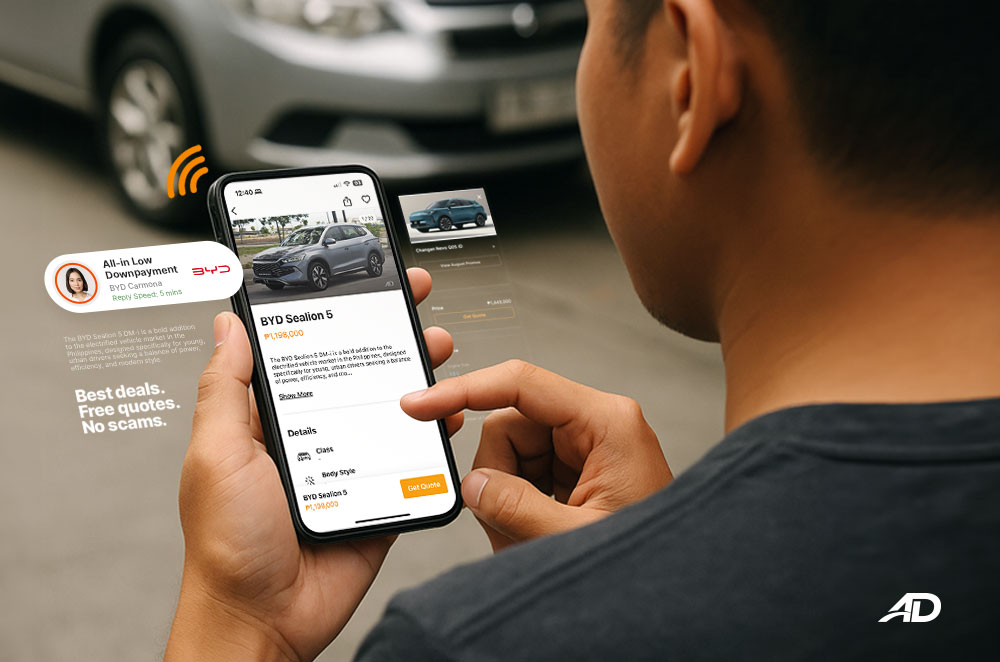
Showroom visits have been, for the longest possible time, one of the sure-fire ways for car dealers to evaluate when business was good or if business was bad. The hustle and bustle of a busy showroom are palpable. For many people, the experience of seeing customers walk through the door is more tangible than anything else.
The showroom visit, represented by a single statistic in a weekly showroom report, is perhaps the most valuable, but most under-utilized marketing metric in the automotive industry. Moreover, the ability to better understand it could be one of the biggest opportunities for dealers to excel in an environment that no longer plays by traditional rules.
Landing me on this topic is a KPMG publication which I recently read, entitled “the future of automotive retail,” which in its opening remarks claims that car buyers will be “online, offline and omnichannel.”
In my experience of talking to brands and dealers, there are only a few marketing practitioners who are looking into this, with many others still preferring to silo their various activities. More alarming than anything is that there are limited resources assigned to evaluating the different channels that a customer goes through before entering a showroom.
Aside from a sale, a showroom visit is potentially the most valuable metric to accumulate. Understanding the forces that drive people to showrooms needs to be something that a dealer can evaluate. In doing so, automotive companies can better assess where to spend marketing dollars and potentially make drastic alterations to overheads and operational procedures.
One glaring example is having dedicated sales teams for dedicated sales activities. Without the ability to examine the contributions that your different marketing channels have, you may very well be using twice or three times the amount of labor to manage a single prospective customer.
So what should happen?
Aligning an online/offline mindset.
When we talk about digital - it’s easy to get pulled in a variety of different directions. Marketers want to put things into neat little boxes, providing a clear indication that activity x generated this amount of value. In contrast, salespeople want to state that this source was solely responsible for the creation of that sale.
This mindset needs to change.

Customers, for example, are completely oblivious to what boxes we put them in. The variety of channels they use and the extent to which they use those channels for none, all or specific parts of the customer journey, are next to impossible to determine at face-value.
One potential customer might wish to just do the first part of the buying process online, such as requesting a quotation and passing requirements. In contrast, a tech-savvy consumer may aim to try and do the entire process online, all the way up to home delivery!
The infographic below shows just a variety of different ways that a customer may transcend online and offline activities when going through a typical car-buying process.
Analyze the roots of every sale.
For every sale that you generate, there should be one or multiple marketing sources that have contributed. In the days before data processing, we evaluated such methods by simply providing a questionnaire to every customer when they purchased with a title that read, “Where did you hear from us?” And a selection of multi-choice websites.
Today, if you have lead-generation systems, it’s effortless to extract or sync data with your existing customer databases to determine which channels paid their part in generating a sale. Accumulate enough of this data, and you’ll be able to see which channels are contributing the most value or are responsible for handling critical parts of the customer journey.
Stop the guessing game
One of the worst places to get information from is employees that are silo’ed in on one specific task. If that one particular task is not done efficiently, it’s difficult to put weight behind the feedback that is provided.
The problem is, when you get beyond that level and start speaking to supervisors or managers, they have so much data and so many responsibilities even to begin any kind of analysis. Asking them to accumulate data isn’t part of their job, and having them collect it from the aforementioned employees only further extenuates the misrepresentation of data and the inaccuracy of any future analysis.
This is where solid and robust reporting and systems come into play. Such systems pull data from multiple areas of your business and translate the data into easy to digest insights. These insights should be the information fed to managers to help guide them in making choices moving forwards.
At SirQo.com, we’re already helping many dealers and brands to get to grips with their data. Our unique, low-cost options are a more specialized solution for automotive companies in comparison to expensive and cumbersome off-the-shelf CRMs. Our hands-on tools for agents and dealers come together with more than a decade of experience in digital lead management that is specifically focussed on the Philippine automotive industry. Together we can build a solution that is tailor-fitted to your dealerships without breaking the bank.
For your first free one-hour consultation contact info@sirqo.com




